Leandro M. de Lima
Skin cancer diagnosis using NIR spectroscopy data of skin lesions in vivo using machine learning algorithms
Jan 02, 2024Abstract:Skin lesions are classified in benign or malignant. Among the malignant, melanoma is a very aggressive cancer and the major cause of deaths. So, early diagnosis of skin cancer is very desired. In the last few years, there is a growing interest in computer aided diagnostic (CAD) using most image and clinical data of the lesion. These sources of information present limitations due to their inability to provide information of the molecular structure of the lesion. NIR spectroscopy may provide an alternative source of information to automated CAD of skin lesions. The most commonly used techniques and classification algorithms used in spectroscopy are Principal Component Analysis (PCA), Partial Least Squares - Discriminant Analysis (PLS-DA), and Support Vector Machines (SVM). Nonetheless, there is a growing interest in applying the modern techniques of machine and deep learning (MDL) to spectroscopy. One of the main limitations to apply MDL to spectroscopy is the lack of public datasets. Since there is no public dataset of NIR spectral data to skin lesions, as far as we know, an effort has been made and a new dataset named NIR-SC-UFES, has been collected, annotated and analyzed generating the gold-standard for classification of NIR spectral data to skin cancer. Next, the machine learning algorithms XGBoost, CatBoost, LightGBM, 1D-convolutional neural network (1D-CNN) were investigated to classify cancer and non-cancer skin lesions. Experimental results indicate the best performance obtained by LightGBM with pre-processing using standard normal variate (SNV), feature extraction providing values of 0.839 for balanced accuracy, 0.851 for recall, 0.852 for precision, and 0.850 for F-score. The obtained results indicate the first steps in CAD of skin lesions aiming the automated triage of patients with skin lesions in vivo using NIR spectral data.
Exploring Advances in Transformers and CNN for Skin Lesion Diagnosis on Small Datasets
May 30, 2022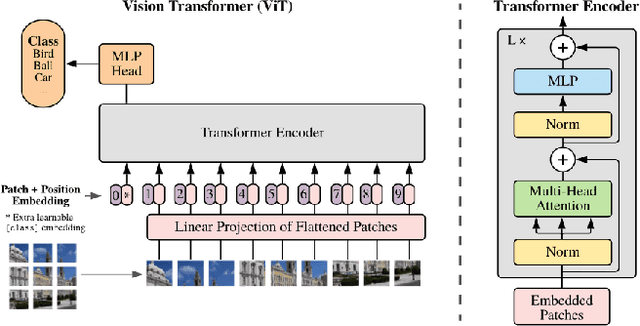
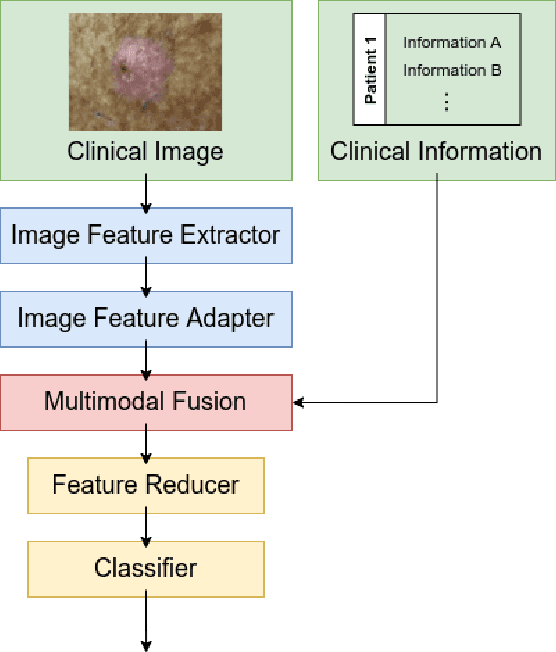
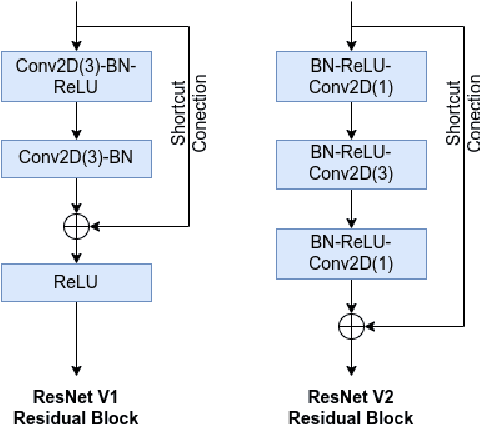
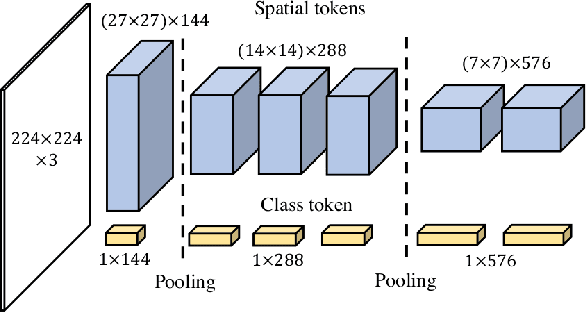
Abstract:Skin cancer is one of the most common types of cancer in the world. Different computer-aided diagnosis systems have been proposed to tackle skin lesion diagnosis, most of them based in deep convolutional neural networks. However, recent advances in computer vision achieved state-of-art results in many tasks, notably Transformer-based networks. We explore and evaluate advances in computer vision architectures, training methods and multimodal feature fusion for skin lesion diagnosis task. Experiments show that PiT ($0.800 \pm 0.006$), CoaT ($0.780 \pm 0.024$) and ViT ($0.771 \pm 0.018$) backbone models with MetaBlock fusion achieved state-of-art results for balanced accuracy metric in PAD-UFES-20 dataset.
Discovering an Aid Policy to Minimize Student Evasion Using Offline Reinforcement Learning
Apr 20, 2021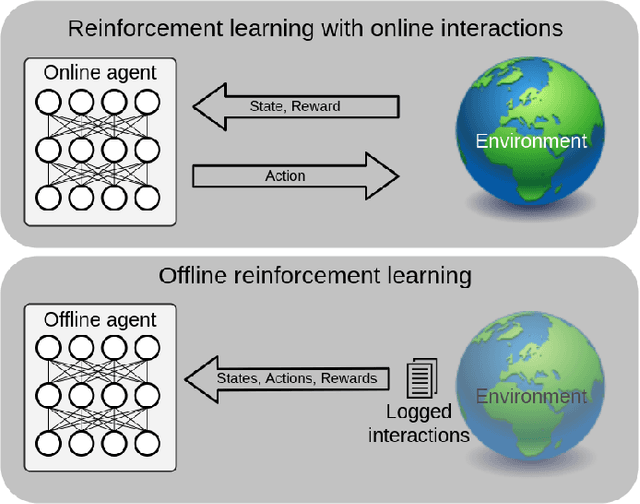
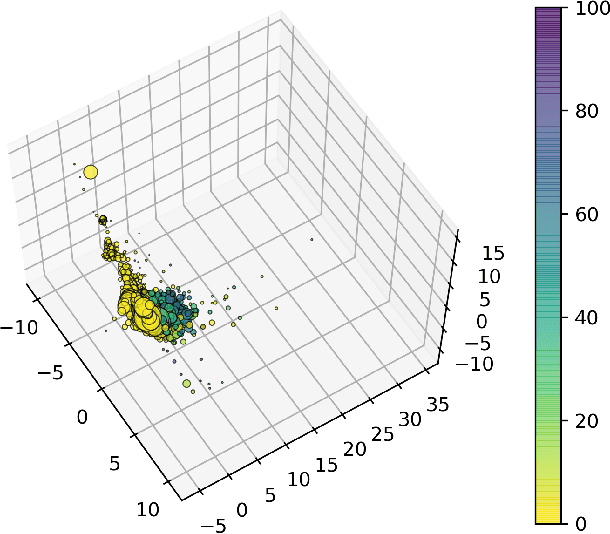
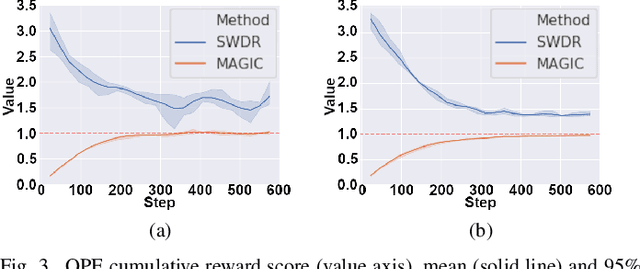
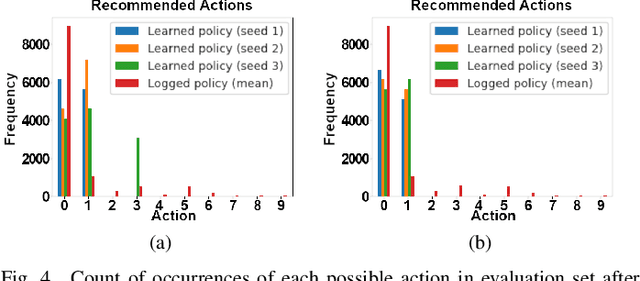
Abstract:High dropout rates in tertiary education expose a lack of efficiency that causes frustration of expectations and financial waste. Predicting students at risk is not enough to avoid student dropout. Usually, an appropriate aid action must be discovered and applied in the proper time for each student. To tackle this sequential decision-making problem, we propose a decision support method to the selection of aid actions for students using offline reinforcement learning to support decision-makers effectively avoid student dropout. Additionally, a discretization of student's state space applying two different clustering methods is evaluated. Our experiments using logged data of real students shows, through off-policy evaluation, that the method should achieve roughly 1.0 to 1.5 times as much cumulative reward as the logged policy. So, it is feasible to help decision-makers apply appropriate aid actions and, possibly, reduce student dropout.
 Add to Chrome
Add to Chrome Add to Firefox
Add to Firefox Add to Edge
Add to Edge